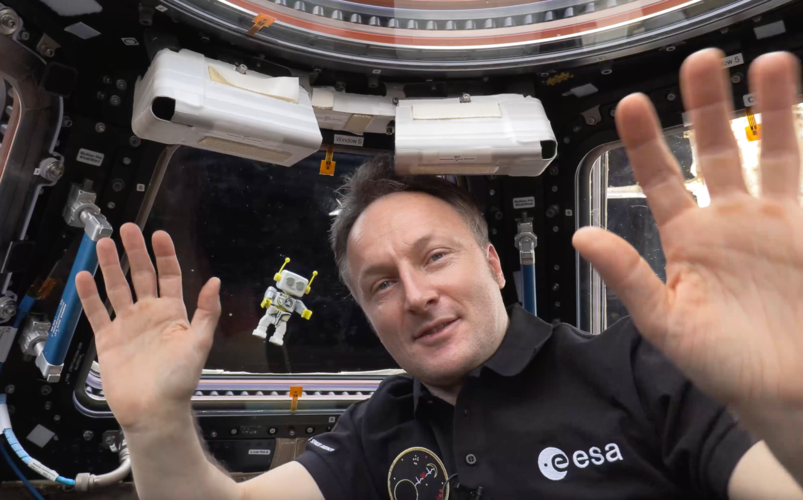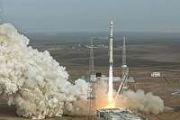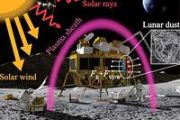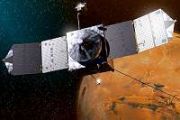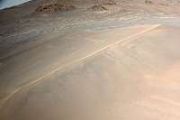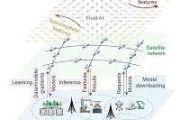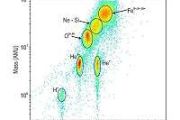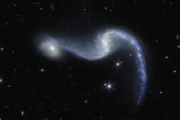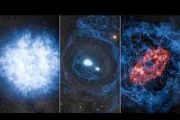
Copernical Team
Israel Signs Artemis Accords
 In becoming the first country to sign the Artemis Accords in 2022, Israel affirmed its commitment to a common set of principles to guide cooperation among nations participating in 21st century space exploration.
"Israel already has demonstrated its commitment to Artemis with the contribution of the AstroRad radiation protection vest on Artemis I, scheduled to launch this spring," said NASA
In becoming the first country to sign the Artemis Accords in 2022, Israel affirmed its commitment to a common set of principles to guide cooperation among nations participating in 21st century space exploration.
"Israel already has demonstrated its commitment to Artemis with the contribution of the AstroRad radiation protection vest on Artemis I, scheduled to launch this spring," said NASA SpaceX scrubs launch of Italian satellite from Florida, will try again Friday
 SpaceX on Thursday scrubbed its planned launch of an Italian Earth-observation satellite, the COSMO-SkyMed Second Generation 2 and said it plans to try again Friday.
"Due to unfavorable weather, now targeting Friday, January 28 at 6:11 p.m. EST for launch of COSMO-SkyMed Second Generation FM2," the company tweeted.
SpaceX plans to launch the satellite aboard the Falcon 9 rocket from
SpaceX on Thursday scrubbed its planned launch of an Italian Earth-observation satellite, the COSMO-SkyMed Second Generation 2 and said it plans to try again Friday.
"Due to unfavorable weather, now targeting Friday, January 28 at 6:11 p.m. EST for launch of COSMO-SkyMed Second Generation FM2," the company tweeted.
SpaceX plans to launch the satellite aboard the Falcon 9 rocket from Caltech names Laurie Leshin Director of JPL
 Laurie Leshin, president of Worcester Polytechnic Institute (WPI), has been appointed director of the Jet Propulsion Laboratory (JPL) and vice president of Caltech. Leshin will formally assume her position on May 16, 2022, succeeding Michael Watkins, who retired in August 2021, and Lt. Gen. Larry D. James USAF (Ret.), who currently serves as JPL interim director.
She joins JPL from WPI, on
Laurie Leshin, president of Worcester Polytechnic Institute (WPI), has been appointed director of the Jet Propulsion Laboratory (JPL) and vice president of Caltech. Leshin will formally assume her position on May 16, 2022, succeeding Michael Watkins, who retired in August 2021, and Lt. Gen. Larry D. James USAF (Ret.), who currently serves as JPL interim director.
She joins JPL from WPI, on US issues visa to Russian ISS cosmonaut
 The United States has issued a visa to Russian cosmonaut Nikolai Chub to undergo training in Texas before his flight to the International Space Station (ISS) after refusing him one last week, the Russian state space agency, Roscosmos, said on Wednesday.
"The United States has issued an entry visa to Roscosmos cosmonaut Nikolai Chub. The cosmonaut is headed to the United States for training
The United States has issued a visa to Russian cosmonaut Nikolai Chub to undergo training in Texas before his flight to the International Space Station (ISS) after refusing him one last week, the Russian state space agency, Roscosmos, said on Wednesday.
"The United States has issued an entry visa to Roscosmos cosmonaut Nikolai Chub. The cosmonaut is headed to the United States for training Out of Pebble Purgatory
 The final two pebbles hitching a ride aboard our rover's bit carousel are gone but not forgotten. I'll give you the latest on why they are gone and then tell you why we are not forgetting them - or the two other pebbles that made our first month of 2022 a busy one.
We had more than a suspicion the rocks had departed the Perseverance rover on Sunday when imagery of the bit carousel came dow
The final two pebbles hitching a ride aboard our rover's bit carousel are gone but not forgotten. I'll give you the latest on why they are gone and then tell you why we are not forgetting them - or the two other pebbles that made our first month of 2022 a busy one.
We had more than a suspicion the rocks had departed the Perseverance rover on Sunday when imagery of the bit carousel came dow He won a trip to space. Then he gave it away to a friend
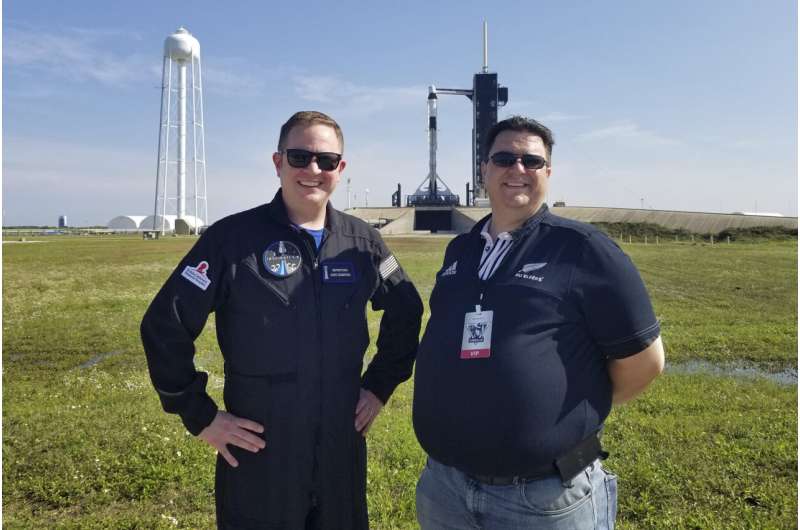
He told his family and a few friends. He dropped hints to a couple of colleagues. So hardly anyone knew that the airline pilot could have—should have—been on board when SpaceX launched its first tourists into orbit last year.
Meet Kyle Hippchen, the real winner of a first-of-its-kind sweepstakes, who gave his seat to his college roommate.
Join Webb Quest: Mind-blowing mission to the early Universe
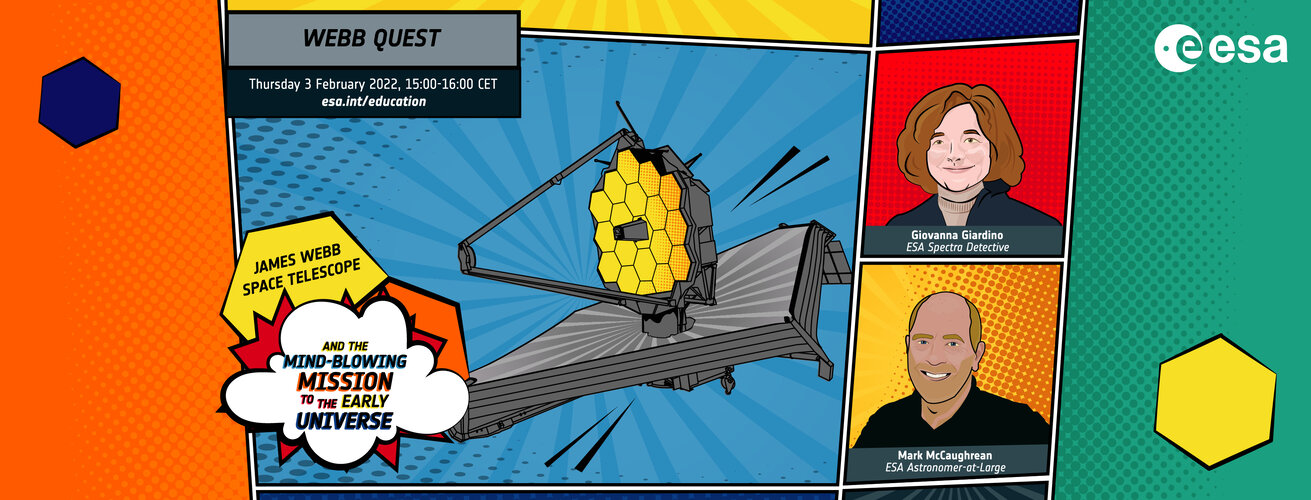
Permafrost thaw: it’s complicated
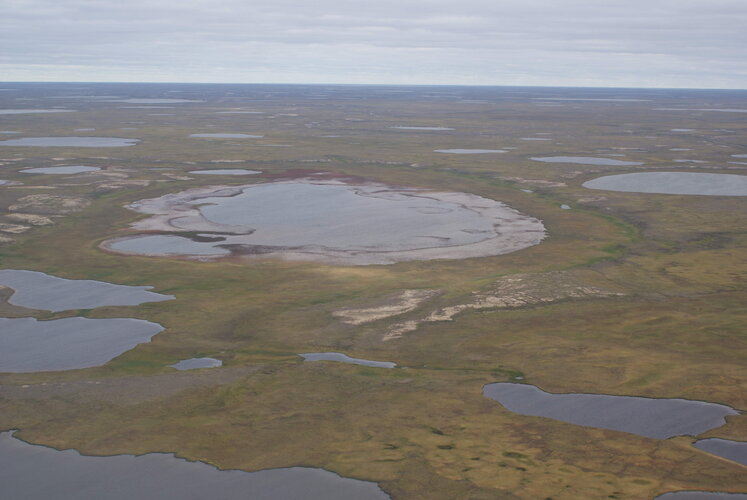
One of the many serious consequences of the climate crisis is that precious permafrost is thawing, and this is unleashing even more carbon to the atmosphere and further exacerbating climate change. However, it’s complicated. For example, sometimes permafrost can thaw rapidly and scientists are unsure why and what these abrupt thaws mean in terms of feedback loops. This makes it difficult to predict the future impact on the climate. Thanks to an ESA–NASA initiative, new research digs deep into understanding the complexities of permafrost thaw and how carbon is released over time.
Meet the man who won a trip to space and gave it to a friend

He told his family and a few friends. He dropped hints to a couple of colleagues. So hardly anyone knew that the airline pilot could have—should have—been on board when SpaceX launched its first tourists into orbit last year.
Meet Kyle Hippchen, the real winner of a first-of-its-kind sweepstakes, who gave his seat to his college roommate.

